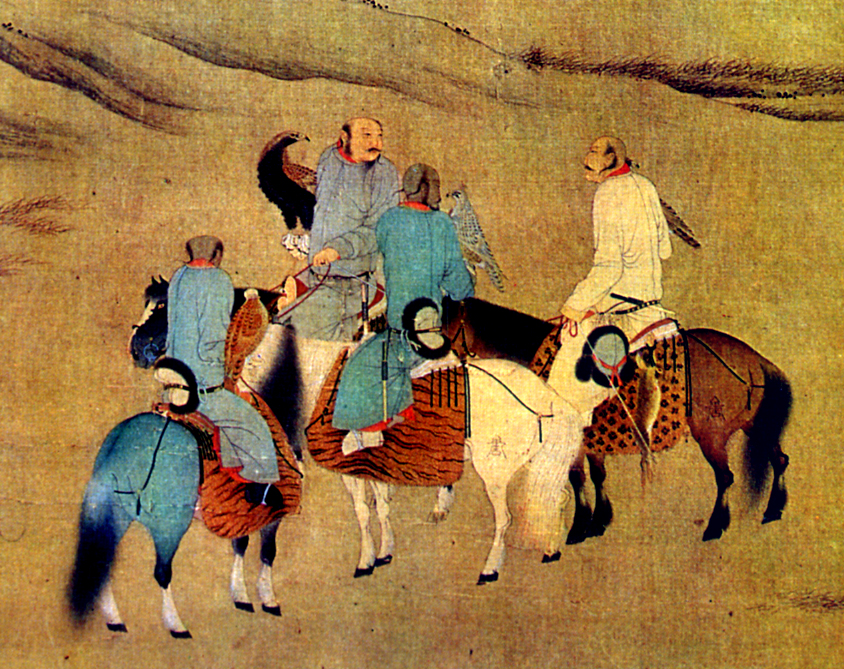arvistro
Elite member
- Messages
- 1,004
- Reaction score
- 187
- Points
- 0
Article here. Running for work, will read later.
http://link.springer.com/article/10.1007/s00438-016-1267-z
http://link.springer.com/article/10.1007/s00438-016-1267-z
Follow along with the video below to see how to install our site as a web app on your home screen.

Note: This feature currently requires accessing the site using the built-in Safari browser.
Article here. Running for work, will read later.
http://link.springer.com/article/10.1007/s00438-016-1267-z
Interesting. They look very local and not central Asian. I wonder if these hungarian researchers didn't "influence" the results? This is a bit of touchy matter for hungarian european identity.
Keep smiling,arvistro!Conquerors ARE always women.Conquerors were women!


Interesting. They look very local and not central Asian. I wonder if these hungarian researchers didn't "influence" the results? This is a bit of touchy matter for hungarian european identity.
Some other studies had N1c if I recall right. This one had R1b and I2.
They most likely were multi-cultural mix of tribes, that for some reason decided to speak Finno-Ugric tongue of Mansi cousins.
By the way till reading the paper as to know if the type of cemetery correspond to Magyars or locals it's not sure that such DNA was aloctone.
Archaeologists have found that the studied tribes at an early stage (in VI-VIII centuries) were buried under mounds, the heads to north. Skull buried - with signs of artificial deformation. Later, the head to the dead already oriented to the west. The burials of the remains of weapons, horse gear, a variety of jewelry and ceramics.
The culture is also represented by earthen mounds with a diameter of 8–10 m and a height of 40–60 cm over the graves. Near the graves and within them there are traces of ritual burial horse (skins, heads and four legs). People were buried in wooden coffins. The bottom is littered coffins, woolen cloth. Coffins before lowering into the grave for holding of the fire. This simulated ritual cremation. The feet of the dead is often associated with ropes - to the dead man could not stand up and do harm to survivors. On the coffin and put leather bridle sets. Sometimes near the grave dug pits for placing caches in them saddle and bridle sets.
Just I was getting the info about the traditional Magyar burials as to know if the genetists have tested true Magyar DNA or just local DNA, and in the wiki there is this info about the Kushnarenkovo and Karayakupovo cultures north of Bashkiria...:
So I was wondering how a culture with kurgans and horses was not immediately assigned to IE languages by Yamnayistsso that I checked again the Y DNA results as to be sure that the R1b were not the Yamnayan R1b (otherwise I would have laughed several hours and surely it would not be good for my health...). The case is that the Anthrogenica comment is based on what in the supplementary info of the paper appears, two R1b1b1a and two I, but the case is that such R1b1b1a is labeled as S21 / U106... but the real actual expression is R1b1a2a1a1...
so I ask for help, my life is in danger...

"Hungarians migrations, slow, pushed them in a lot of lands and they progressively assimilated diverse pops; they stayed long enough time in western Ukraina before settling in Carpathian Bassin. Their ethnogenesis is very complicated in fact."
No.The migration took about thirty-sixty years (AD 830/850 - 895/896).
http://www.anthrogenica.com/showthr...alogy-and-Ancient-DNA-in-the-News-quot/page18
"2 haplotypes match the typical I2-M423 haplotype common among Slavic speakers. The other 2 match R1b-U106. I have a hard time believing either group inhabited southern Siberia, so I'm doubtful either really represents a conquering Hungarian from Siberia. However, it appears some of the mtDNA haplotypes are A, and B, so on the maternal side there might be some argument there."
This thread has been viewed 105294 times.
